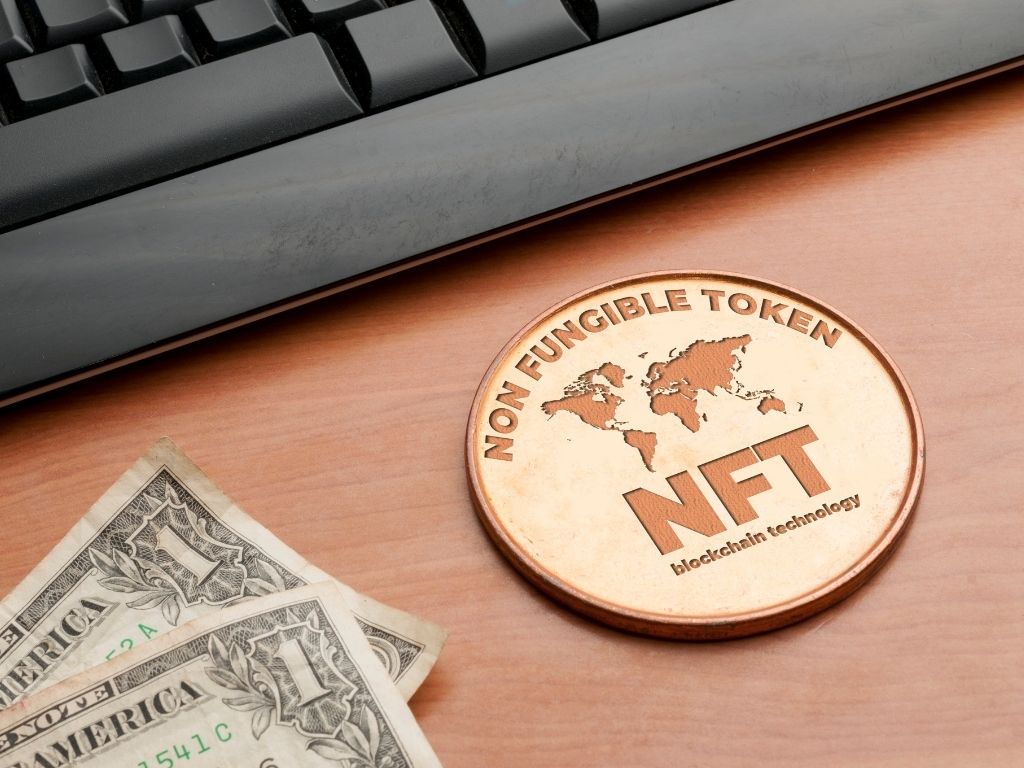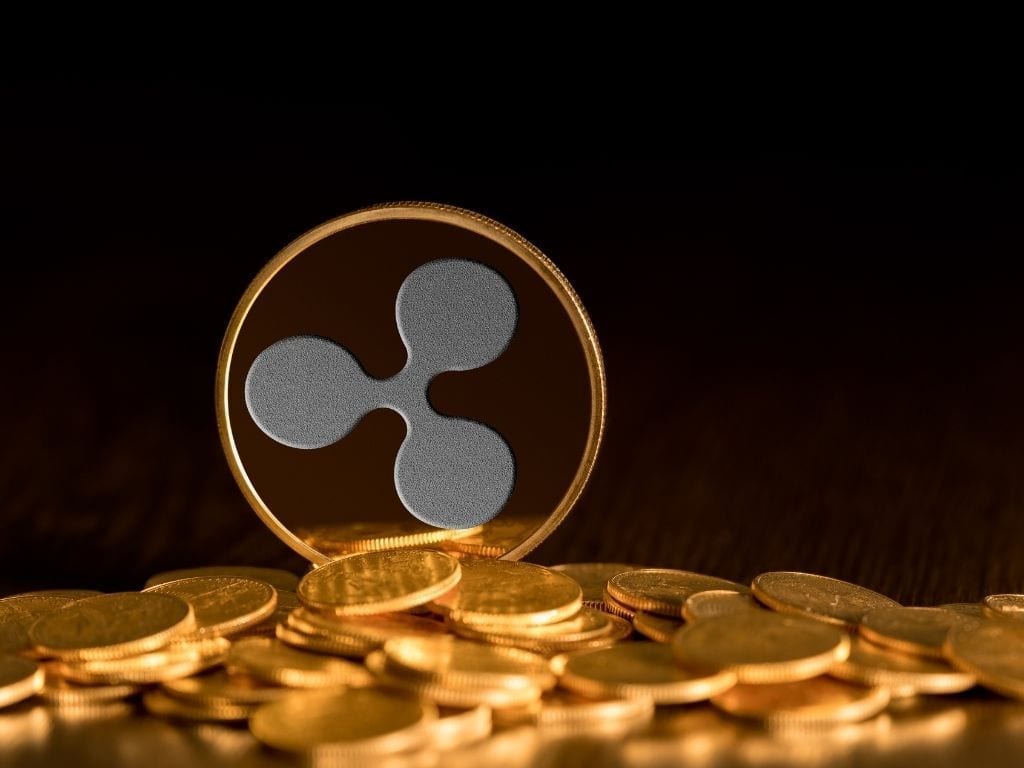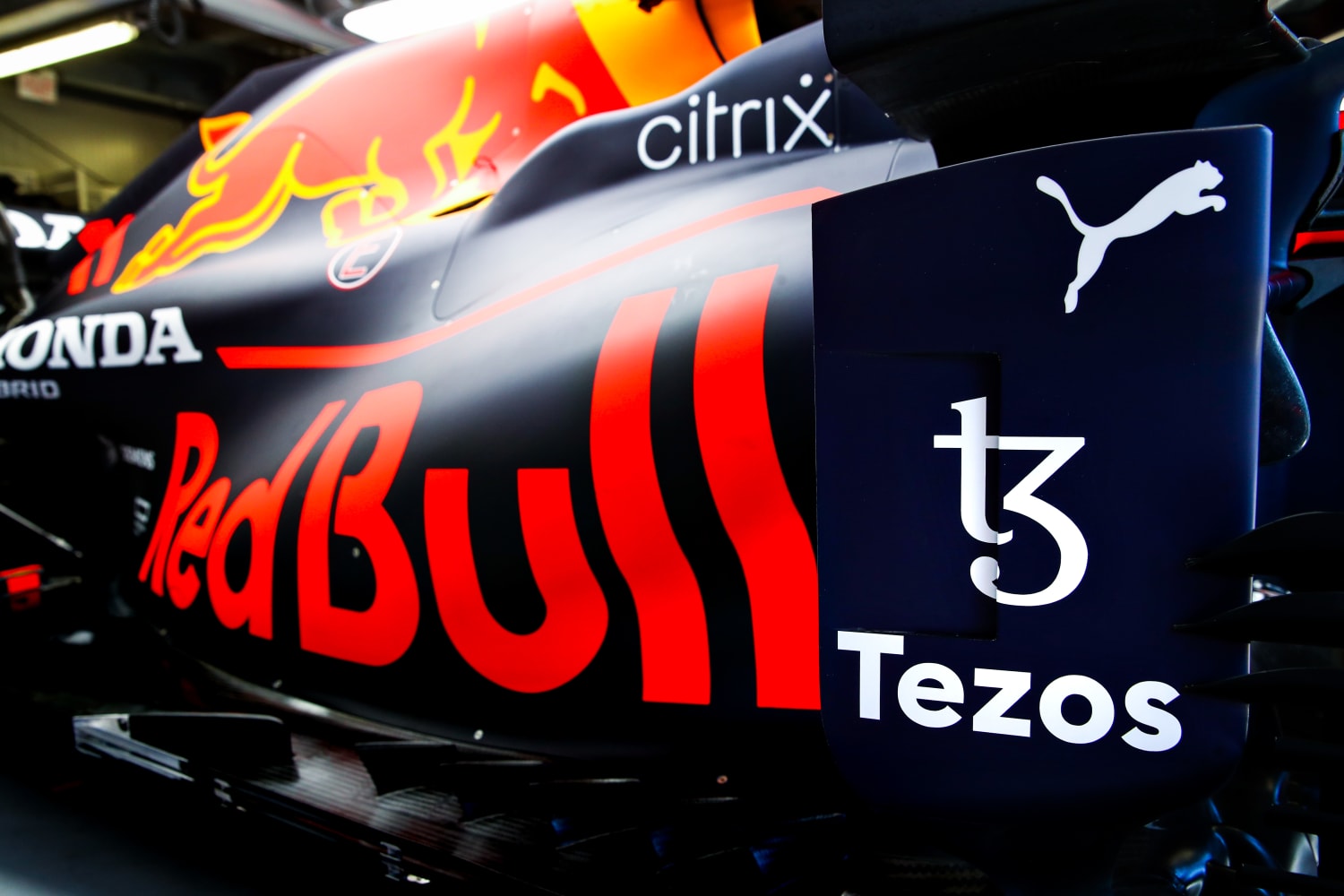Can You Answer These 9 Basic Questions About Non-Fungible Tokens (NFTs)?
Non-fungible tokens (NFTs), also known as non-fungible tokens, have been available since 2014, but they are currently making headlines and garnering unprecedented attention. This is because they are becoming an increasingly prevalent method for buying and selling digital artwork and digital collectibles.
NFTs are unique digital codes that utilize the same distributed ledger infrastructure as cryptocurrencies such as Bitcoin and Ethereum. NFTs, on the other hand, are utterly unlike any other financial products. They are designed to demonstrate ownership of digital assets that can be bought and sold using cryptocurrencies such as bitcoin and Ethereum. Typically, Ethereum is the cryptocurrency in question (Ether or ETH). On the other hand, there may not always be a physical representation of them in the real world.
There is the possibility for tweets, 3D virtual world products, and online real estate to have monetary or financial worth. Jack Dorsey, one of Twitter’s co-founders, sold his first tweet for $2.9 million to a business named NFT. Krista Kim, a digital artist from Toronto, was responsible for developing the “digital home” known as Mars House. The NFT SuperRare digital art marketplace describes this piece of NFT artwork as the “world’s first digital house.”
Another notable example of NFT digital tokens is the digital art piece every day. The First 5000 Days is a work by Mike Winkelmann, a digital artist best known for his online identity “Beeple.” This object established a new record when it was sold for $69.3 million at Christie’s auction house, making it the most expensive NFT item ever acquired.
Is Ethereum a non-fungible token?
No.Even though most NFTs are featured on the Ethereum blockchain, NFTs are not cryptocurrencies. NFT stands for non-fungible token. Non-fungible is an economic term that describes assets or objects that cannot be exchanged for other goods. This is because they carry metadata containing unique characteristics and traits.
Because their value, not their specific characteristics, defines them, they may be exchanged for other fungible goods and assets. ETH, BTC, and dollars, for instance, are fungible assets since 1 ETH / 1 BTC / $1 USD may be exchanged for another 1 ETH / 1 BTC / $1 USD.
Most non-fungible tokens (NFTs) are Ethereum-based decentralized contracts that comply with the ERC-721 and ERC-1155 standards. The uniqueness of the NFT token is due to the attachment of a digital asset. This may be digital artwork, an image, a tweet, a short video or film, or MP3 music uploaded to a market. Consequently, the NFT may now be acquired and exchanged using Ether (ETH), the native cryptocurrency of the Ethereum network.
Using NFTs, any digital file may be rendered rare and converted into a digital asset. After that, trading on primary or digital secondary markets is basic and uncomplicated. In contrast to actual commodities, which exist just once, digital data are easily replicable and may be freely exchanged and debated on the internet eternally.
Also read: How Should We Operate With The Ethereum 2.0 network?
Does NFT operate similarly to Bitcoin?
Bitcoin was designed to function as a decentralized peer-to-peer (P2P) internet payment system instead of a centralized one. It operates independently of a central authority or bank that would ordinarily check transactions. While NFTs, also known as non-fungible tokens, are unique digital assets that represent ownership of digital objects such as digital artwork or digital collecting cards, fungible tokens can be traded for virtually any other digital support. Due to their lack of fungibility, it is not possible to swap one non-fungible asset or non-fungible token (NFT) for another NFT in the same way that Bitcoin (BTC) and other cryptocurrencies can be traded.
The NFTs are dissimilar. Because each NFT token includes a unique digital signature, exchanging one NFT token for another is not feasible. Even though they are both nonfiction pieces, for instance, Jack Dorsey’s first tweet and a bit from Beeple’s Everydays series are not identical. Only the fact that they are both NFTs unites them.
What are NFTs precisely?
In the same way that works of art have long been seen as investments or precious assets, non-fungible tokens are increasingly viewed as such (NFTs). Code units that are NFTs are stored in a digital ledger enabled by blockchain technology. Consequently, proof of ownership of digital assets may now be established.
Non-fungible tokens (NFTs), also known as non-fungible tokens, are a type of digital token that can represent ownership of both tangible and intangible assets, such as a physical object or its digital representation. They enable us to assign significance to various items, such as works of art, images, movies, musical compositions, collectibles, and even real estate. The Ethereum blockchain secures the majority of non-fungible tokens. Non-fungible tokens are confined to having a single official owner at any moment. The ownership record of an existing NFT cannot be amended, modified, or altered in any manner.
How do NFTs work?
It is possible to create or “mine” a non-fungible token, also known as a non-fungible token, by utilizing digital objects representing collectible items. Included in these digital items are the following:
- Art, Digital Collectibles, GIFs
- There are sports videos and highlights available here.
- Electronic business card variants
- Music
Even though most NFT tokens are held on the Ethereum blockchain, other blockchains like Flow, WAX, Tezos, Solana and the Binance Smart Chain support them in some manner due to the protocols and intelligent contracts they use.
Possesion Of NFTs
This usually only confers the right to economically use (purchase and sell on the secondary market) the digital asset to which the token refers, but not the right to the artist’s or creator’s intellectual property or copyright ownership. Instead, only a license to commercially use the digital asset to which the valid token points are issued.
When an individual acquires a non-fungible token (NFT), all they get is a hash code validating that they are the owner of the digital receipt associated with a particular digital asset or file. People may continue to download Nyan Cat and use it on social media or in other graphic design projects if they like, but even if they do so, they will not own or control the token. This shows that the only owner of the artwork with monetary worth is the purchaser of the token linked with the Nyan Cat animated GIF from the NFT Foundation marketplace for $590,000. This person can also sell the token at a better price in the future.
To demonstrate this idea, compare the ownership of NFTs to the right of an original Van Gogh painting: You may own Vincent van Gogh’s original artwork, but there are uncountable numbers of reproductions and copies placed in other people’s offices and homes, as well as digital versions of the picture that are disseminated on the internet. The critical difference between the two is that it is very difficult or even impossible to claim ownership of a piece of digital art since it may be disseminated on the internet in infinite ways. Still, Van Gogh’s original physical painting is undoubtedly the original artwork.
Is it possible to buy NFT on Coinbase?
Soon, Coinbase will provide a marketplace for buying and selling NFTs and digital collectibles.The largest cryptocurrency exchange platform in the United States is preparing to launch an NFT market. Users can mint, collect, hold, purchase, sell, and exchange NFTs.
The new NFT market that Coinbase is establishing, Coinbase NFT, will have “social components.” The creator’s economy will be the exclusive focus of consideration. Which term should be used to describe people who gain cash by posting movies and other types of content on the internet?
You cannot acquire NFTs or establish a collection of NFTs on Coinbase. However, you may join a waiting list to get early access to the capability.
Alternatively, may use the Coinbase Wallet to acquire NFTs. The Coinbase Wallet is a wallet that enables the purchase and storage of over 500 unique tokens. Here you may access it. Either a collection of fungible tokens, such as Bitcoin and Ethereum, or a group of non-fungible tickets (NFT).
Where can I buy and sell non-fiat (NFT) currencies?
There are thousands of online exchanges, websites, and platforms where non-fungible tokens may be purchased and traded (NFTs). Presently, the Opensea NFT marketplace is the largest for NFTs. OpenSea offers a vast range of NFT artwork, domain names, and collector items.
WePlay Collectibles is a community-building initiative created by non-profit organizations. It brings together true eSports lovers, talent, artists, and digital art enthusiasts.
People interested in competing in eSports are the primary target audience for these events. In addition to purchasing items, there are additional ways for people to express their love for the team’s players and talent. WePlay Collectibles is now a component of a platform that enables the use of non-fungible token (NFT) technology for monetary transactions. In addition to physical and digital eSports memorabilia, the exhibition will feature works of contemporary art. In addition, WePlay Collectibles may be acquired via the OpenSea NFT.
If, on the other hand, you intend to sell a piece of your artwork that is not framed, you have a range of options. Rarible, Nifty Gateway, SuperRare, OpenSea, and Foundation are among the most well-known exchanges for trading NFTs.
Why are NFTs priced so highly?
Non-fungible tokens (NFTs) have a market similar to actual collectables or valuables, such as baseball cards and trading cards. The uniqueness of an NFT is the asset’s value driver. Consequently, it enables digital artists, NFT producers, and NFT artists to profit from their labor. The arts sector is now doing the most critical study into the opportunities afforded by NFT tokens.
Why are NFTs so controversial?
The environmental impact and carbon footprint left by NFTs is the primary source of the discussion surrounding these devices. This is because blockchains based on proof-of-work (PoW) use excessive energy. This is especially given that fossil fuels primarily power them.
Most blockchain digital assets, including non-fungible tokens, are generated via Proof-of-Work (PoW) techniques (NFTs). Both Bitcoin and Ethereum use proof of work. To secure the security of the user’s financial data, these blockchains need a significant amount of processing power. When greater computing power is used, energy consumption rises.
Because most of these assets are constructed on Ethereum, environmentalists are becoming more worried about them. The transformation of the Ethereum blockchain from Proof of Work (PoW) to Proof of Stake (PoS) will result in a 99.9% more environmentally friendly network than the majority of currently operating industries. On the Ethereum blockchain, the deployment of proof of stake, often known as PoS, would remove the need for miners to protect the network. When there are more miners, more people donate processing power to the network’s defence in return for ETH tokens. Instead, ETH token holders may stake their tokens for improved liquidity.
Stay informed with daily updates from Blockchain Magazine on Google News. Click here to follow us and mark as favorite: [Blockchain Magazine on Google News].
Get Blockchain Insights In Inbox
Stay ahead of the curve with expert analysis and market updates.
latest from tech
Disclaimer: Any post shared by a third-party agency are sponsored and Blockchain Magazine has no views on any such posts. The views and opinions expressed in this post are those of the clients and do not necessarily reflect the official policy or position of Blockchain Magazine. The information provided in this post is for informational purposes only and should not be considered as financial, investment, or professional advice. Blockchain Magazine does not endorse or promote any specific products, services, or companies mentioned in this posts. Readers are encouraged to conduct their own research and consult with a qualified professional before making any financial decisions. The featured image used is just a creative depiction of the title and it does not intend to hurt sentiments of any person or institution. If it hurts anyone sentiments, please do not hesitate to reach out to Blockchain Magazine.

 Bitcoin
Bitcoin  Ethereum
Ethereum  XRP
XRP  Tether
Tether  Solana
Solana  Dogecoin
Dogecoin  USDC
USDC  Cardano
Cardano  Lido Staked Ether
Lido Staked Ether  TRON
TRON  Chainlink
Chainlink  Avalanche
Avalanche  Wrapped stETH
Wrapped stETH  Stellar
Stellar  Wrapped Bitcoin
Wrapped Bitcoin  Sui
Sui  Hedera
Hedera  Toncoin
Toncoin  Shiba Inu
Shiba Inu  WETH
WETH  Polkadot
Polkadot  Parkcoin
Parkcoin  LEO Token
LEO Token  Bitget Token
Bitget Token  Litecoin
Litecoin  Bitcoin Cash
Bitcoin Cash  Uniswap
Uniswap  Hyperliquid
Hyperliquid  Official Trump
Official Trump  Wrapped eETH
Wrapped eETH  Pepe
Pepe  USDS
USDS  NEAR Protocol
NEAR Protocol  Ethena USDe
Ethena USDe  Aave
Aave  Aptos
Aptos  Internet Computer
Internet Computer  Ondo
Ondo  Monero
Monero  Ethereum Classic
Ethereum Classic  POL (ex-MATIC)
POL (ex-MATIC)  OKB
OKB  Cronos
Cronos  Dai
Dai  Mantle
Mantle  Algorand
Algorand  Render
Render  MANTRA
MANTRA 




